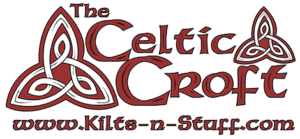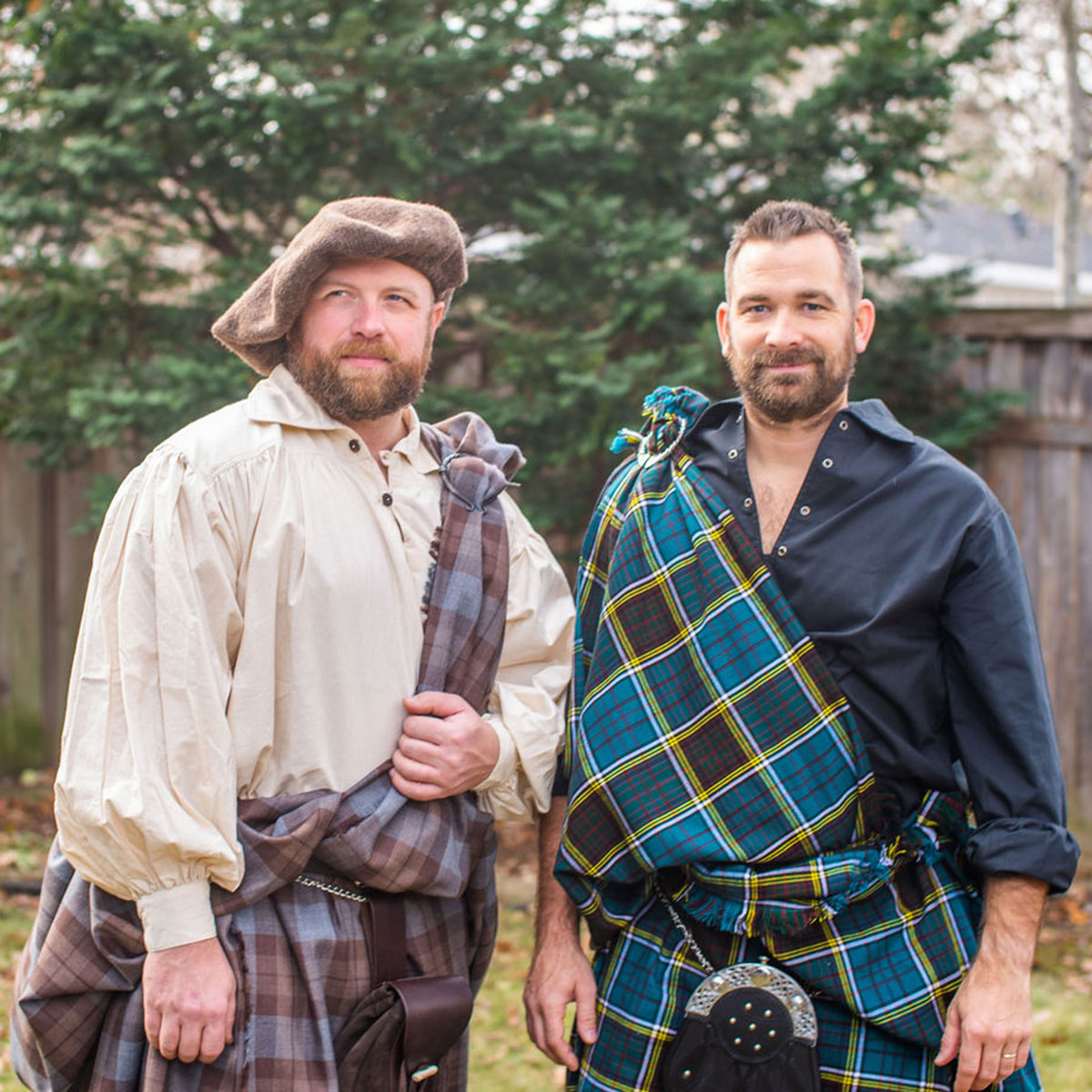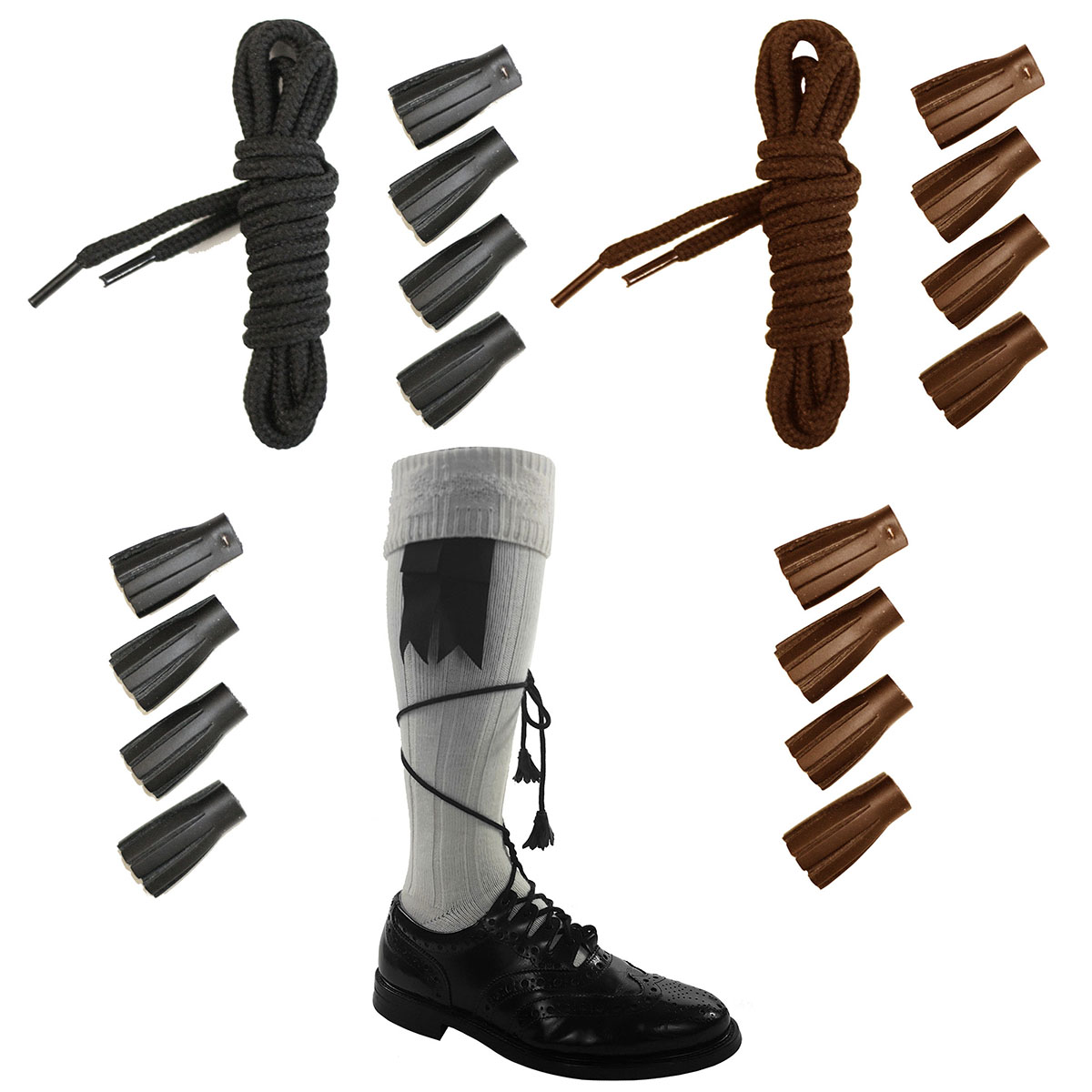Originally published September 2006.
Irish Dendrochronology

Changing weather conditions from year to year effect the size of growth rings of trees in a similar pattern, and by matching the rings in a sample of wood with a known date to sample having the same pattern in its rings can confirm that the lives of those trees overlapped. By building a data base of similar overlapping samples, a timeline can be created against which samples of wood from archaeological digs can be compared and dated.
In the case of Ireland, the conditions provide almost an ideal location for building a timeline based on tree rings. By 1984, samples of bog oaks starting with modern trees, historic buildings, to archaeological sites, as well as dead wood from bogs has been used to help identify samples dating as far back as 5289 B.C. Researchers began section by section, comparing relatively modern timbers against from 17th and 18th century buildings. Those were then linked to timbers identifiable from Viking and Norman-era Dublin.
There are, not surprisingly, some gaps in the record. One of the first problems appeared in the 14th century. Speculation has been that the reduction in population caused by the Black plague caused a regeneration era for the oak forests. The largest gaps seem to have been at least partially bridged by using comparisons of English, and German oak samples.

The impact of the tree ring timeline on Irish archaeology is that is has dated some of the problem artifacts that have been encountered. One example is the many small horizontal water mills for grinding grain that have been found in sites at Deer Park Farms and other sites. The sites where these mills have been found have few datable artifacts, but by examining the wood from the mills shows that the majority of them were built between AD 630 and AD 930. Even more profound is the affect on prehistoric sites including the dating of wooden bog trackways such as the Corlea Trackway in Country Longford. The timbers for the Corlea Trackway have been shown to have been felled between 148 B.C. and 147 B.C.
The dendrochronology of Irish oaks is not only significant in dating Irish artifacts, but has also helped provide more accurate dating of artifacts around the world. In the 1960’s it was becoming clear that there were some problems with the techniques of carbon 14 dating. (Carbon 14 is a radioactive element that is present in all organic materials on earth. It decays at a regular rate once an organism dies, so by measuring the amount of carbon 14 remaining in an artifact, it is possible to determine approximately when that plant, or animal died.)
A number of Egyptian tombs of known date did not match the results of the radiocarbon tests that were performed on their artifacts. The tree ring studies of Irish oaks were eventually used to help correct and fine tune the calibrations for radio carbon dating so that Irish tree ring data formed the basis for an international radio carbon calibration curve with an accuracy of plus, or minus 20 years.
(Read more on dendrochronology https://dendrochronology.com/ )




